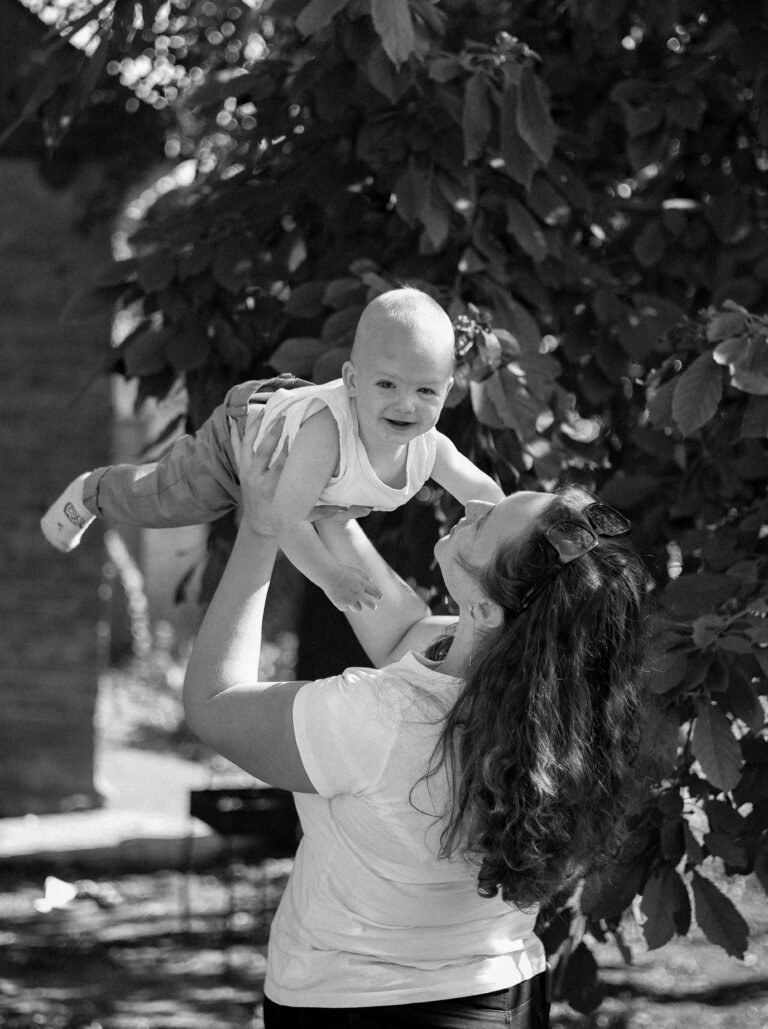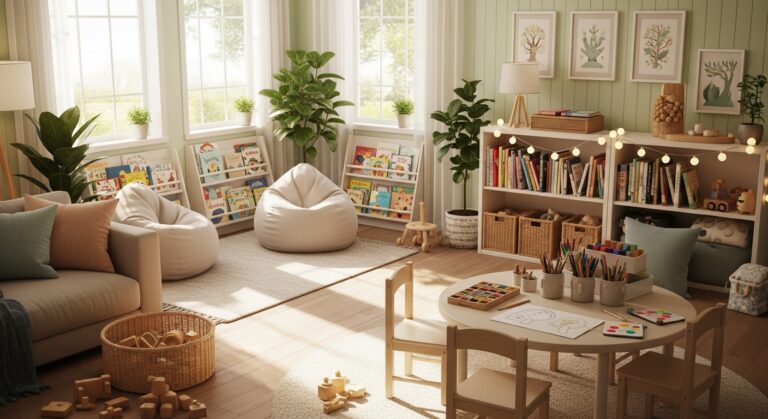Teaching Kids Patience the Gentle Way
Helping children slow down, wait kindly, and trust the process
🌿 The Day My Daughter Waited Without Whining
It was a sunny afternoon, and we were baking cookies. My daughter, usually full of “Is it ready yet?” questions, watched through the oven window in silence. She waited, hands tucked under her chin, humming softly. When the timer rang, she beamed. “I did it! I waited the whole time!”
That moment wasn’t just about cookies. It was about growth. Weeks of gentle conversations, playful games, and everyday moments had taught her something powerful—patience.

Let’s explore how to nurture that same skill in your child, with empathy, trust, and time.
1. Understand What Patience Really Means
Patience isn’t just about waiting. It’s about managing emotions during a wait, tolerating frustration, and learning to trust the process.
For young kids, that’s hard. Their brains are still developing the ability to delay gratification.
So instead of saying “Be patient!”, help them understand why waiting is sometimes necessary—and that they’re capable of it.
2. Start With Short Waits
Patience grows like a muscle—start small.
- Ask your child to wait 1–2 minutes before handing them a snack.
- Use a visual timer so they can see time passing.
- Celebrate success: “You waited so calmly! That was amazing!”
Short, successful waits build confidence.
3. Narrate the Waiting Game
When your child is waiting, narrate what’s happening.
“We’re in line at the grocery store. It’s taking a little time, but we’re getting closer.”
“Dinner is cooking. While we wait, let’s set the table together!”
This helps them process the wait as active, not passive.
4. Use Play to Teach Waiting
Turn patience into a playful challenge:
- “Red light, green light” teaches stop-and-go control.
- Board games help practice turn-taking.
- Baking together teaches that waiting brings rewards.
- Puzzle-solving teaches staying focused through frustration.
Play builds regulation skills in a natural, joyful way.

5. Create Waiting Rituals
When delays happen (doctor’s office, car rides, lines), have a go-to waiting kit:
- Small books or coloring sheets
- Calm-down bottle
- Music playlist or audio stories
- Finger plays or games like “I Spy”
Familiar routines reduce anxiety and keep kids occupied.
6. Empathize, Don’t Lecture
When your child struggles with patience, resist scolding. Instead, acknowledge how hard it is.
“Waiting is tough sometimes, isn’t it?”
“I know you really want it now. That’s okay. Let’s take a deep breath together.”
Validation calms their nervous system and teaches self-awareness.
7. Teach Mindful Waiting
Introduce simple mindfulness techniques when your child seems ready.
Try:
- “Let’s take 3 slow breaths while we wait.”
- “Can you feel your heartbeat slowing down?”
- “Let’s listen to the sounds around us.”
Mindful waiting builds internal calm, not just external compliance.
8. Model Patience Yourself
Children watch how you wait.
If you sigh loudly, tap impatiently, or say “Ugh, this is taking forever,” they’ll mimic that energy. If you pause, breathe, and speak calmly, they’ll begin to internalize that response.
Be the example of the patience you want to see.
9. Praise the Process, Not Just the Outcome
Celebrate the act of waiting, not just the final result.
Say:
- “You waited even though you were excited. That’s really growing up.”
- “You stayed calm when it was hard. I saw how strong you were.”
This reinforces self-regulation, not just obedience.
10. Talk About Time Meaningfully
Young children don’t grasp “10 minutes” or “half an hour.” Use real-world markers:
- “We’ll leave after this episode.”
- “The cookies will be ready after this song finishes.”
- “We’ll play outside after you get dressed.”
This anchors time to something they understand.
11. Be Consistent and Gentle
Kids test limits. That’s normal. If your child whines or demands, stay consistent but kind:
- “I hear you want it now, but it’s not ready yet.”
- “I know it’s hard to wait. I’m here with you.”
Staying calm, even when they’re upset, builds trust.

12. Use Stories to Teach Patience
Read books about waiting and perseverance. A few great ones:
- Waiting Is Not Easy by Mo Willems
- Llama Llama Mad at Mama by Anna Dewdney
- The Most Magnificent Thing by Ashley Spires
Stories allow children to see themselves in safe, relatable scenarios.
13. Build in Downtime
A constantly stimulated child finds it harder to wait. Build slowness into your daily rhythm:
- Quiet reading after lunch
- Watching clouds outside
- Drawing or daydreaming time
Stillness teaches them that not every moment must be filled.
14. Offer Gentle Choices During Waits
Let them feel some control:
- “Would you like to wait on the couch or the beanbag?”
- “Do you want to hold my hand or walk beside me in line?”
These small choices ease tension and keep things positive.
15. Reflect on Progress Together
At the end of the day or week, talk about their wins.
“Remember when you waited for your snack without crying?”
“You were so patient when we waited at the pharmacy. That was awesome!”
Reinforcement helps them see that patience is a real skill they’re building.
🌈 Final Thoughts: Patience Is Grown, Not Given
Teaching patience the gentle way means meeting your child exactly where they are. It means giving them time to grow, space to feel, and support to try again—without shame or pressure.
Patience isn’t just about waiting quietly—it’s about trusting the process, managing feelings, and believing in tomorrow. And every time your child waits—even for a moment—you’re planting a seed that will grow for life.
💾 Save & Share
📌 Loved this post? Pin it to your Gentle Parenting board on Pinterest
💬 What’s one way you help your child practice patience? Share your favorite trick in the comments!








